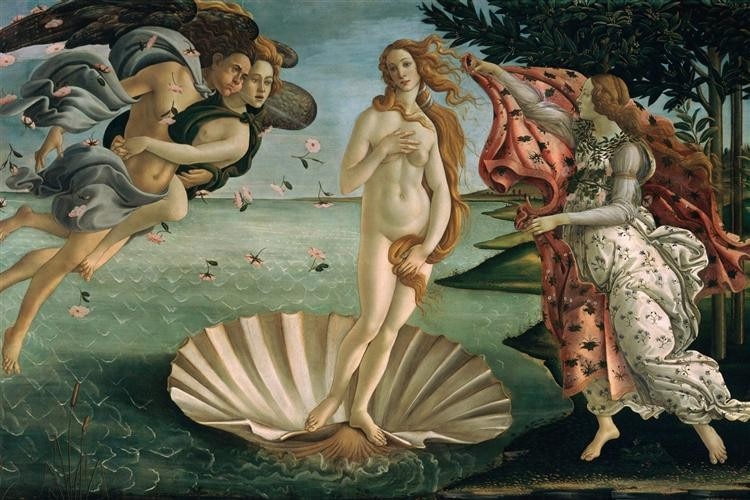‘Sandro drew exceedingly well, so much so that all artists were anxious to obtain his drawings; and we have some in our book, made with great mastery and judgment. His scenes abounded with figures, as may be seen from the embroidered border of the Cross that the Friars of S. Maria Novella carry in processions, all made from his design. All of Sandro’s pictures, indeed, deserved great praise, especially those to which he devoted both diligence and love.’
Giorgio Vasari, Lives of the Most Excellent Painters, Sculptors, and Architects (1568)
Giorgio Vasari, painter, architect, and art historian, describes Sandro Botticelli, one of the most celebrated painters of the Italian Renaissance.
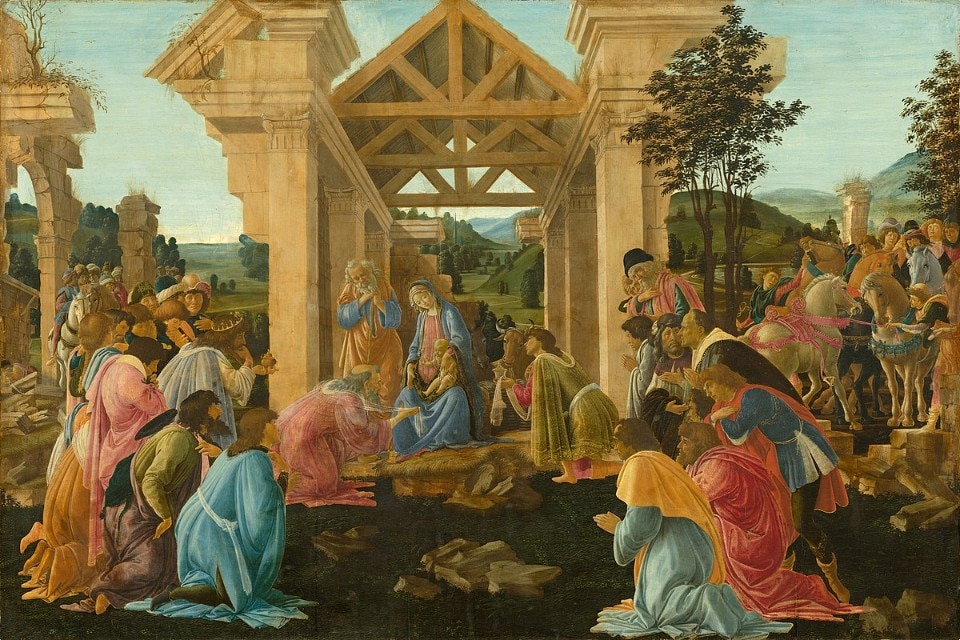
‘An eccentric and ever-restless mind’ who ‘played many pranks on his disciples and friends,’ Vasari continues, ‘It is said that Sandro was a very pleasant and witty person, and there were always jokes and pleasantries in his workshop, where he continuously kept many young apprentices learning, who often engaged in jests and playful banter with each other.’
His illustrious patron, Lorenzo the Magnificent, included him in the list of great Florentine drinkers. ‘Botticelli, whose fame is not dim, Botticelli I say; Gluttonous Botticelli who is more eager and voracious than a fly,’ wrote the lord of Florence in his Symposium.
Botticelli is not just a philosopher of art; he is not limited to being a learned voice of Neoplatonism. Quite the opposite. His playful and light-hearted nature perfectly fits with his taste for details, literary and philosophical metaphors that he recreates in his works.
Alessandro di Mariano di Vanni Filipepi, better known as Il Botticelli, was born in Florence on March 1st, 1445.
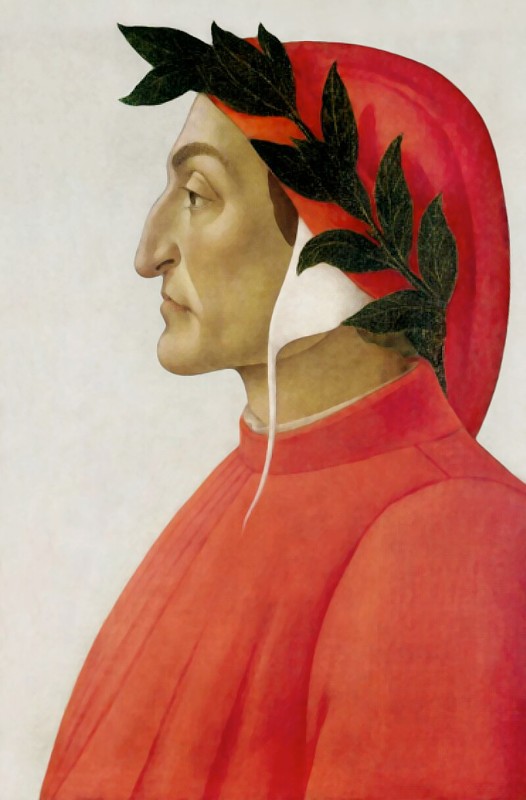
During a period of fervent artistic and cultural activity, influenced by other great artists of the time such as Leonardo da Vinci and Michelangelo, Botticelli showed a remarkable sensitivity to beauty and symbolism from his days in the workshop of Filippo Lippi, his master. Lippi quickly distinguished him from other artists, bringing out his brilliance and creative genius.
His playful and light-hearted nature perfectly fits with his taste for details, literary and philosophical metaphors that he recreates in his works.
As one of the most sought-after and celebrated painters of Florence – the symbol of the Italian Renaissance – Botticelli painted works characterized by ethereal grace and deep spirituality. Behind the bright facade of success and his playful character, however, Botticelli’s life was marked by torments and inner conflicts. His devotion and political sensitivity often brought him into conflict with the religious and civil authorities of the time, putting his faith and artistic integrity to the test.
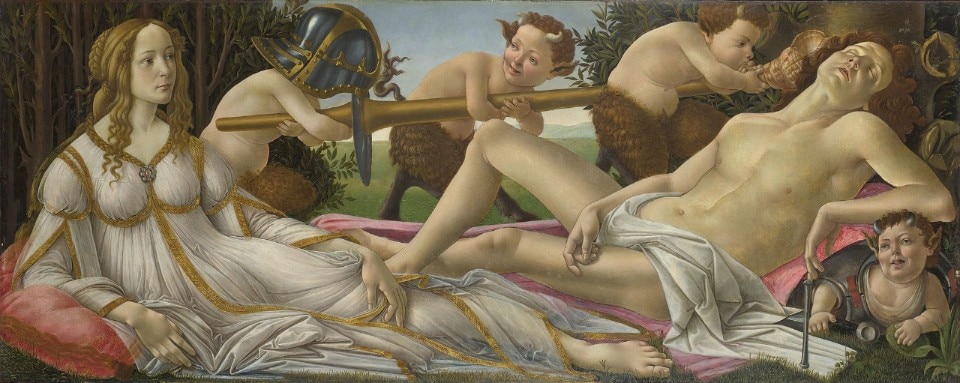
Among his most famous works are: The Madonna of the Rose Garden, the Adoration of the Magi, the Primavera, orThe Birth of Venus. The latter masterpiece perfectly embodies the aesthetics and values of the Renaissance era. Painted around 1485, the canvas represents the myth of the birth of the goddess from the sea spray, closely following classical mythology.
The composition of the artwork is masterfully conceived. Venus, the goddess of beauty, is at the center of the scene. Her figure is enveloped in a precious shell, a symbol of fertility and rebirth, while the wind Zephyr blows gently, carrying her towards the shore. Beside her, a female figure, often identified as Flora or one of the Horae, is waiting for her on the shore to clothe her with a cloak richly decorated with flowers.
Grace and lightness permeate the entire artwork. Fluid lines and soft colors characterize it. Venus embodies ideal beauty, reflecting the Renaissance interest in harmony and anatomical perfection. However, the work does not only represent physical beauty but also love and spiritual rebirth. Her arrival from the sea symbolizes the birth of purity and divine love. It harkens back to the pagan idealism of antiquity where the figure of the goddess represents a rejection of the religious conventions of the time, focusing instead on the elevation of the soul through beauty and love.
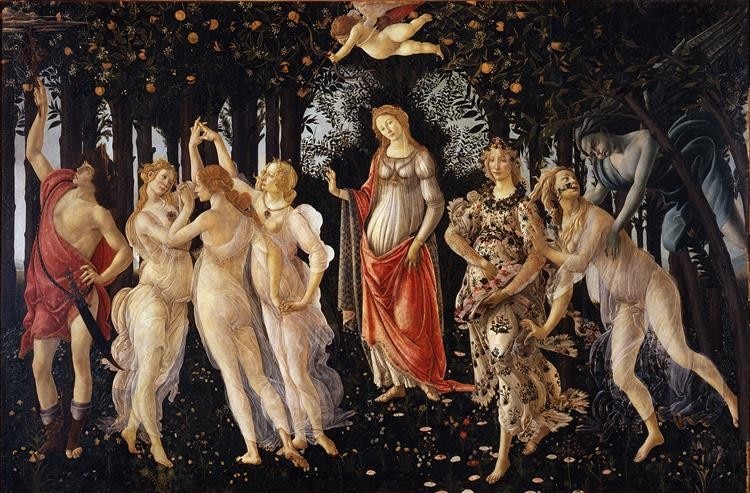
Botticelli created spaces, times, measures, and ideas. His painting could not help but attract the imagination of the metaphysicians.
A name that has become an adjective. Botticellian: reminiscent of grace and elegance, mystical admiration for both physical and spiritual beauty.
Opening image: Sandro Botticelli, The Birth of Venus, 1484


